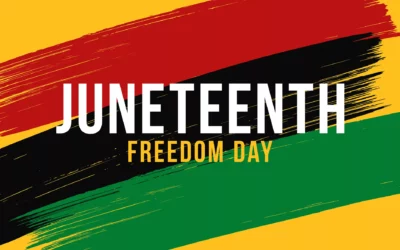HUD’s Notice of Funding Availability officially dropped on Aug. 18, marking the start of grant application processes for non-profit organizations vying for project funding this year. While our team at GKCCEH sifts through the near 100-page document, we have a few recommendations for beginning your grant application process, now.
This application period can be tedious and tends to fly by! So be sure to get started as soon as possible. We will be updating all of you with more information as we receive it on our end.
Make sure you receive timely updates about the grant application process by signing up for our email list.
While you wait on further action steps, you can start your preparation process…
Familiarize yourself with HUD’s CoC Interim Rule
This is not the most fun part of the process, but it’s IMPORTANT. It is a requirement to read and familiarize yourself with HUD’s CoC Interim Rule which lays out the parameters for how you can spend money awarded to you, etc. You will be asked to sign off on the fact that you have read the document in full. We cannot stress enough how important it is to ensure your practices follow these rules.
Organize documents from past applications
If you’ve applied for any grants before, you likely have a lot of information in that application you can re-use in this year’s application. No need to pull double duty! Use as much information from previous applications as possible. Just make sure all details are current and relevant to the 2021 fiscal year.
Additionally, make sure you have all your tax exemption paperwork together, demographic information about the population you serve, updated contact information, etc.
Assemble your team
This process can be tedious. Who do you have on your staff, on your board, or volunteering for your organization who can put time and effort into pulling your application together? Make sure at least one person who is intimately involved in the project/program is on the team. It’s also extremely valuable to bring in partners with lived experiences of homelessness and people impacted by the problems you’re trying to solve. They are representative of the population you serve and will have priceless insight into how your programs and projects will function in practice.
Set your first internal meeting
Start coordinating calendars to get your first meeting on the books! If you want to sift through the details of the NoFO (previously known as the NoFA) document on your own, you can get access to that on our website here. As your Continuum of Care organization, we’re working hard to examine the document for you to pull out the main points.
We can already bring your attention to a few specific priorities HUD will be looking for according to page 9 of their document: racial equity, partnering with people who have experienced homelessness to drive the work, and collaboration with health care.
Start brainstorming how your programs and projects will live up to these priorities with the team you’ve assembled!
Gather Data
A large part of receiving funding is demonstrating your current need and history of success. Start gathering data about your community that speaks to the need among the population you serve. If this is an existing project, find ways to demonstrate how the program has been successful so far and what it will take to increase that success.
We have tools that will help you do this!
Use the Dashboards we’ve assembled on our site to find data we’ve collected in our 2020 Needs Assessment, our National Landscape Comparison Report, and others.
We also have an entire page of Racial Equity Resources for you to explore and utilize.
As always, keep an eye on your inbox for future emails and helpful information. Expect to hear from us frequently over the next few weeks!









